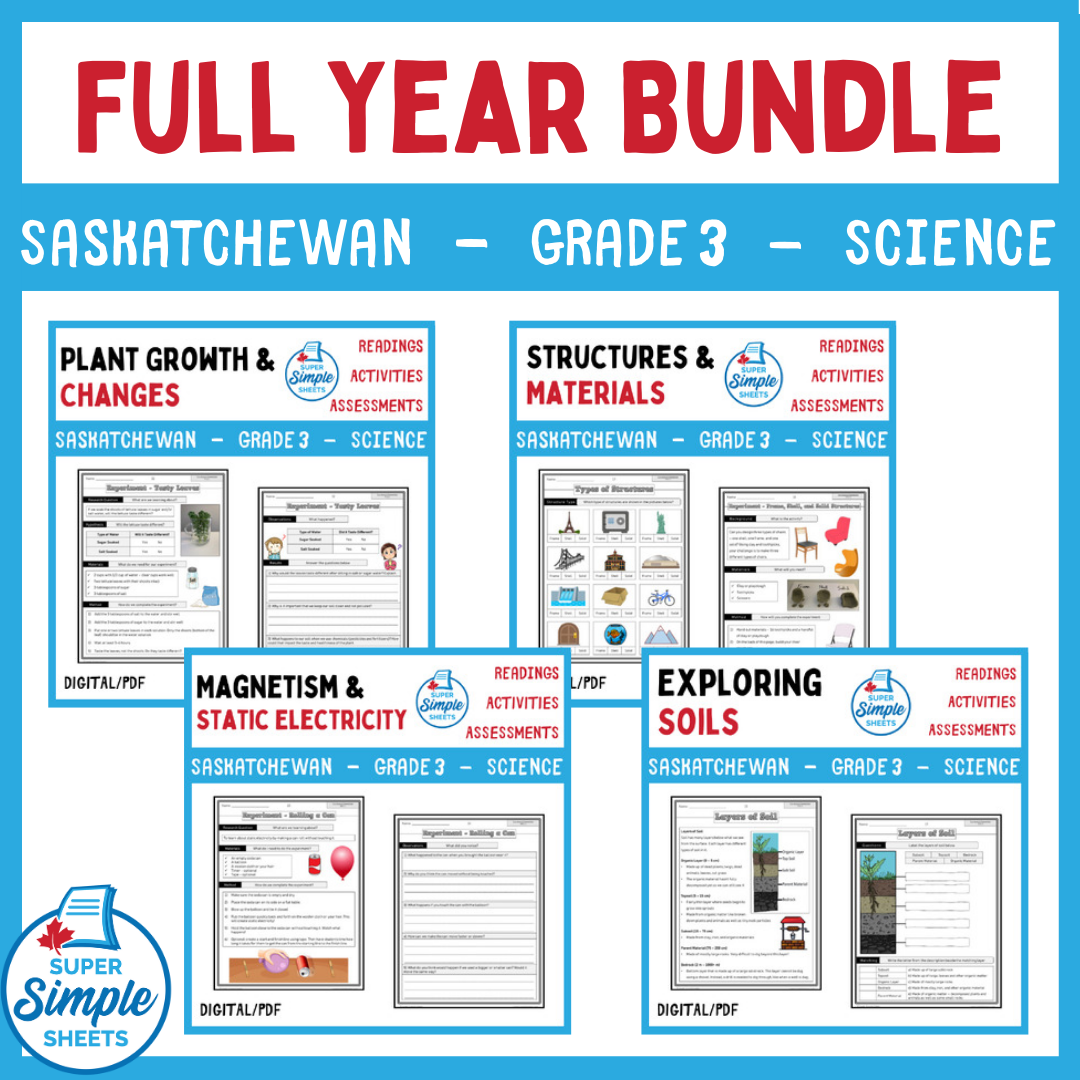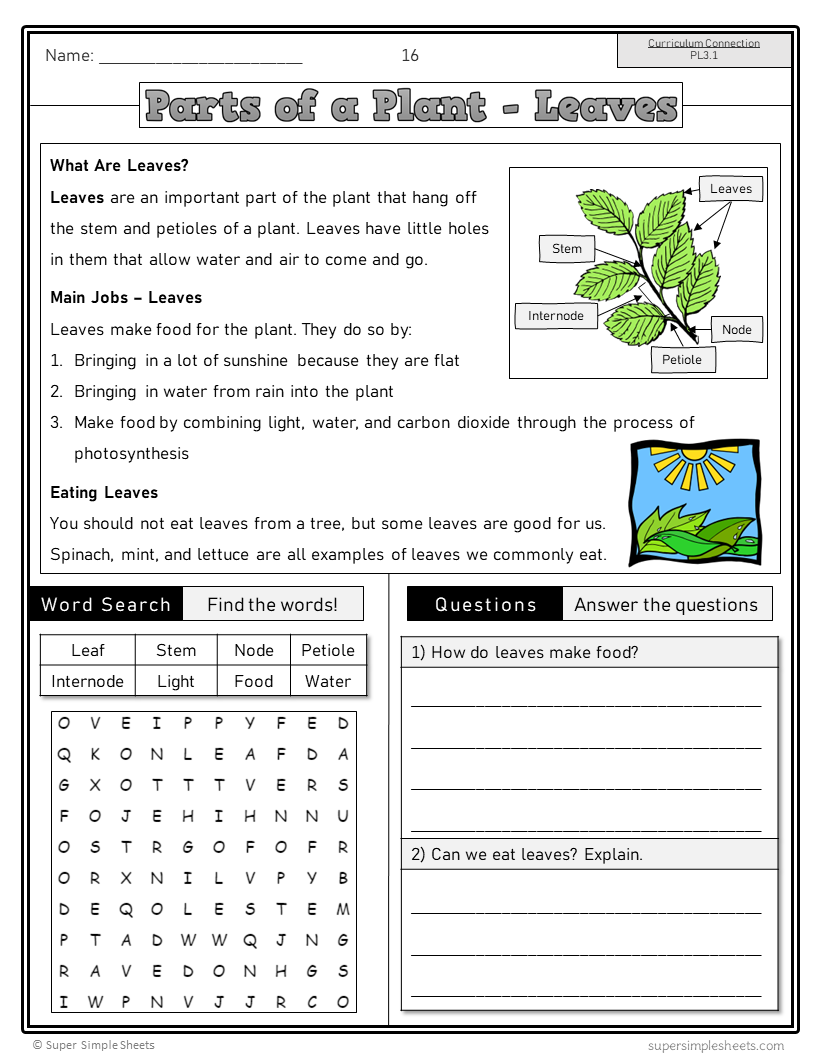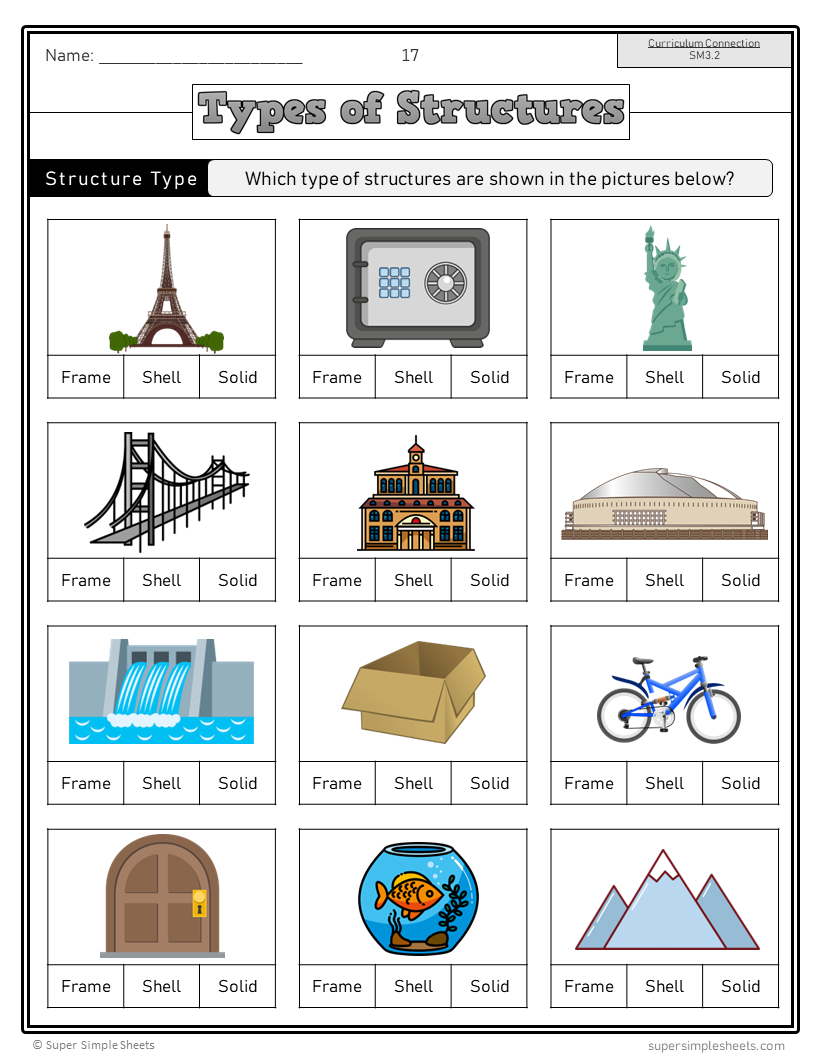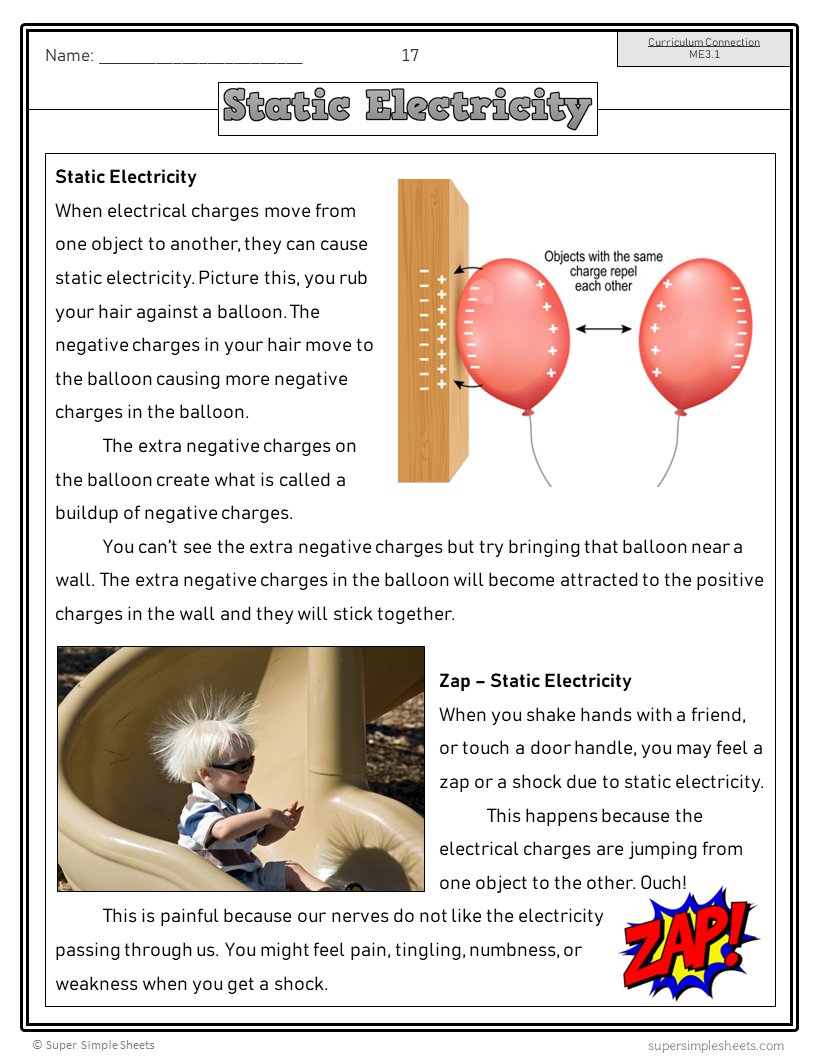Saskatchewan Grade 3 Science - Full Year Bundle - GOOGLE/PDF INCLUDED
Saskatchewan Grade 3 Science - Full Year Bundle - GOOGLE/PDF INCLUDED
Interested in a bundle? Shop below instead!
Couldn't load pickup availability
PRODUCT PREVIEW
Grade 3 – Saskatchewan Science Curriculum – This resource covers all outcomes and indicators in the Grade 3 - Saskatchewan Science Curriculum.
GOOGLE CLASSROOM VERSION - PDF INCLUDED! This gives you the ability to print worksheets as well as distribute a digital copy of the resource to your students on Google Classroom.
Check out each of the strands below to learn more about the resources included in this bundle.
Plant Growth and Changes
Some of the concepts that are covered:
- Basic needs of plants – light, water, air, space, and warmth
- Parts of a plant – diagram
- Parts of a plant – readings and activities for each part (roots, stem, leaves, flower, and seeds)
- Life cycle of seed plants and bulb plants
- Experiment – germinating seeds in the classroom
- How seeds are spread – animals and the wind
- Parts of a flower – diagram
- Differences between plants
- Adapting plants – cactus
- Photosynthesis – Plants need the sun
- Lab Experiment – water travels through a plant
- Animals need the sun
- How we use plants – food, medicine, shelter, clothing
- How indigenous groups use plants
- The First Nation and Metis use of tobacco plants
- Importance of agriculture to Saskatchewan
- Relationship between plants and animals - how plants need animals and how animals need plants
- Pollination – importance of bees
- Analyzing pictures – animal and plant relationships
- Plants responding to touch, water, and gravity
- How food is grown – greenhouses, farms, and home gardens
- Locally grown food – Farmers’ Markets
- Organic food – use of pesticides in farming
- Environmental challenges to plants – drought, extreme cold, extreme heat, construction
- How humans can help plants
- 2-billion tree challenge – Canadian government
- STEM Activities – Tasty Leaves, Water Travels Through Plants, Pollination Demonstration and more
- Hands on Experiments
- Reading and Writing code – Robotic Bees
- Answer pages for all activities
Structures and Materials
Some of the concepts that are covered:
- What are structures?
- Human-made structures and natural structures
- Scavenger hunt – finding examples of natural and human-made structures
- Frame, shell, and solid structures
- Experiment – making frame, shell, and solid structures
- Structures hold a load
- Live loads and dead loads
- Stability of structures
- Structures – form and function
- Describing the form and function of various structures
- Properties of materials – strength, flexibility, durability
- Natural versus human-made materials
- Old structures versus modern structures – use of certain materials
- Strong building materials – steel versus plastic
- Experiment – testing materials (plastic, fabric, aluminum foil, paper)
- Describing materials based on their properties
- Creating stronger building materials – layering, braiding/twisting, and folding
- Science experiment – layering activity – testing building materials
- Science experiment – folding activity - testing building materials
- Fasteners – glue, nails, screws, paperclip, zipper, rope, tape, buttons and more
- Strong fasteners
- Centre of gravity affecting stability
- Leaning Tower of Pisa – centre of gravity
- Centre of gravity experiments
- Forces acting on structures – tension and compression
- Effects of forces on objects – breaking point
- Struts and ties – compression (struts) and ties (tension)
- Strong shapes – triangles and trusses (uses struts and ties)
- Experiment – Using triangles to build strong structures
- Safe structures – using structures properly
- Structures in my environment – examining the building materials and fasteners
- The Great Pyramid still standing – lessons learned from the 5,000-year-old structures
- Effects of shelters (structures) on the environment
- Unit test
- Answer pages for all activities
Magnetism and Static Electricity
Some of the concepts that are covered:
- Non-contact forces versus contact forces
- Forces – push and pull
- Gravity – readings, activities, and experiment
- Experiment – testing the non-contact force of gravity
- Electrostatic force – readings and questions
- Static electricity – reading and questions
- Dangers of static electricity
- Lightning – electrostatic force
- Experiment – Magic Spoon: Static Electricity
- Experiment – Bending Water: Static Electricity
- Experiment – Rolling a Can Race: Static Electricity
- Magnetic forces – reading and activity
- Experiment – creating a car racing game using magnetic force
- Magnetizing an object
- Devices that use non-contact forces – magnetism, electrostatic, and gravity
- How a compass works – magnetic force
- Contact forces – muscular force, friction, and spring force
- Friction – sliding friction, static friction, and rolling friction
- Experiments – Friction Car Ramp and Frictional Force Power
- Unbalanced and balanced forces causing change in direction
- Examples of unbalanced and balanced forces
- Objects changing direction – sports examples
- Force diagrams – showing change in direction
- Forces in our everyday lives
- Photocopiers - Static electricity
- STEM Activities
- Hands on Experiments
- Bank cards (magnetism) and the importance of coding
- Conducting research – invention of bank cards
- Unit test
- Answer pages for all activities
Exploring Soils
Some of the concepts that are covered:
- What is soil?
- Soil is alive – living organisms in soil
- What is in our soil?
- Layers of soil – diagram, reading, and questions
- Experiment – creating a layers of soil model
- Sandy soil - advantages and disadvantages
- Silt soil - advantages and disadvantages
- Clay soil - advantages and disadvantages
- Loam soil - advantages and disadvantages
- Water in soil
- Experiment – testing the absorption of water in different soils
- Activity – creating a bar graph of the water absorption
- Investigating components in soil – experiment/activity
- Plant profiles – Types of soils that different plants like
- Cactus plant profile – surviving in sandy soil
- Additives in soil – fertilizers and pesticides
- Pesticides – organic versus chemical
- Organic versus non-organic food
- Composting – reading and questions
- Experiment – creating a pop bottle composter
- Manure – natural fertilizer
- Improving soil – crop rotation
- Different uses of soil – shelters (soddies, adobe, clay pots)
- Importance of soil for living things
- Importance of soil and Mother Earth to First Nations and Métis
- Erosion – moving soil with water and wind
- Weathering rocks – formation of soil
- Weathering, erosion, and deposition – changing our land
- Controlling soil erosion – Windbreaks, terracing, and reforestation
- STEM Assignment – Soil Testing Machine: Writing Code and Mathematics Connection
- Unit test
- Answer pages for all activities
This is a comprehensive bundle that will save you hours of planning! It has been tested and found effective in helping students achieve the learning outcomes in the science curriculum.
Answer pages for all slides/sheets are included!
Share





Great unit that covers all curricular outcomes.








